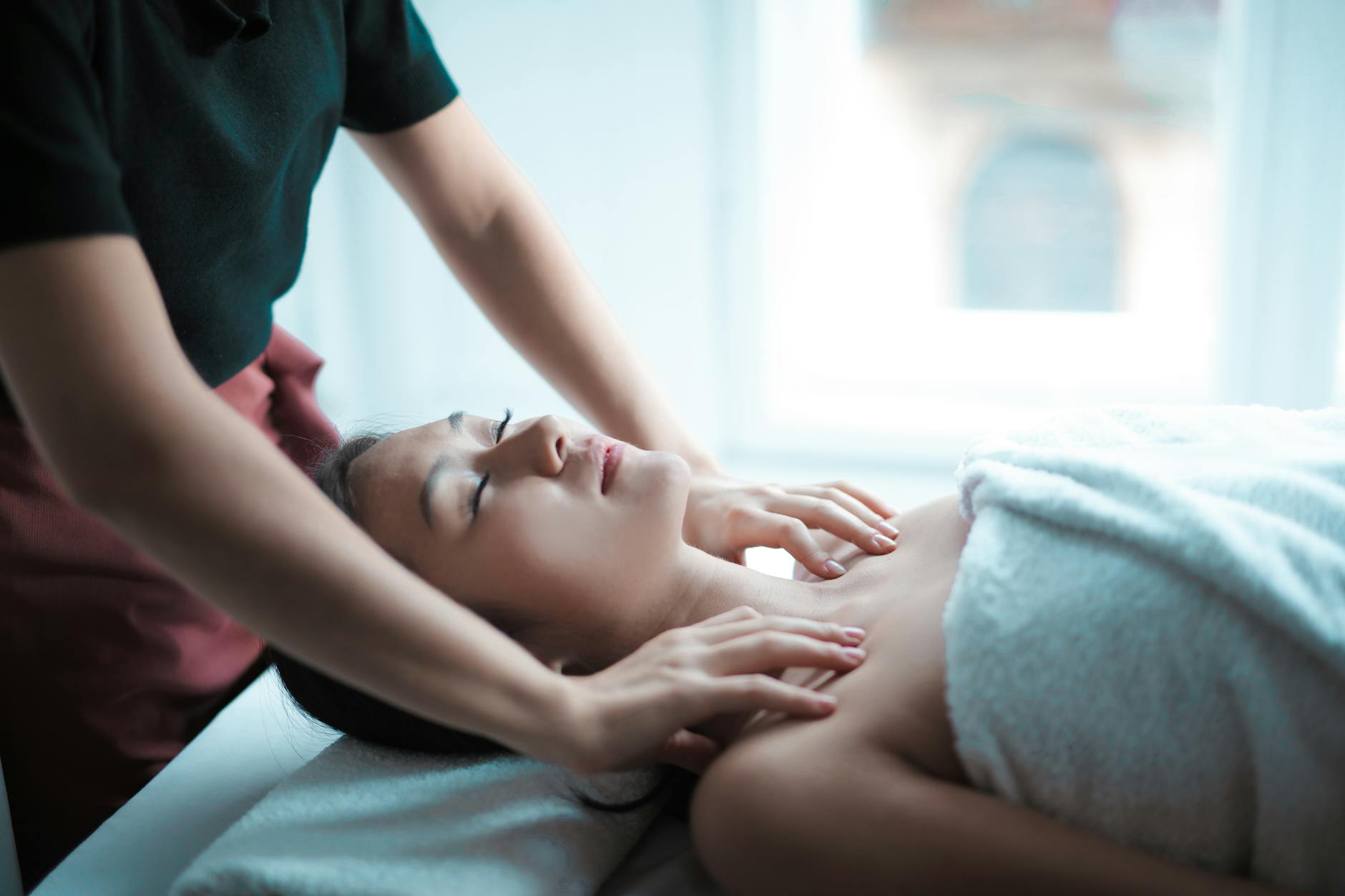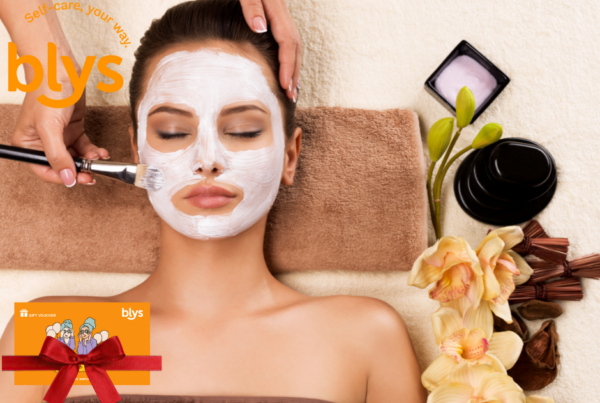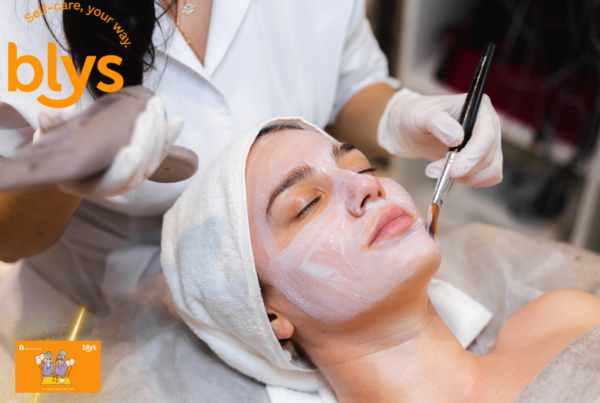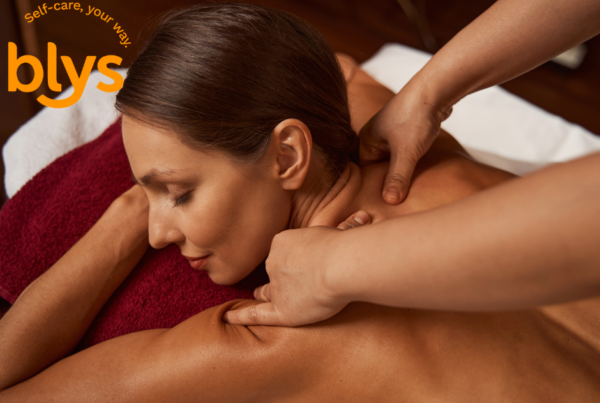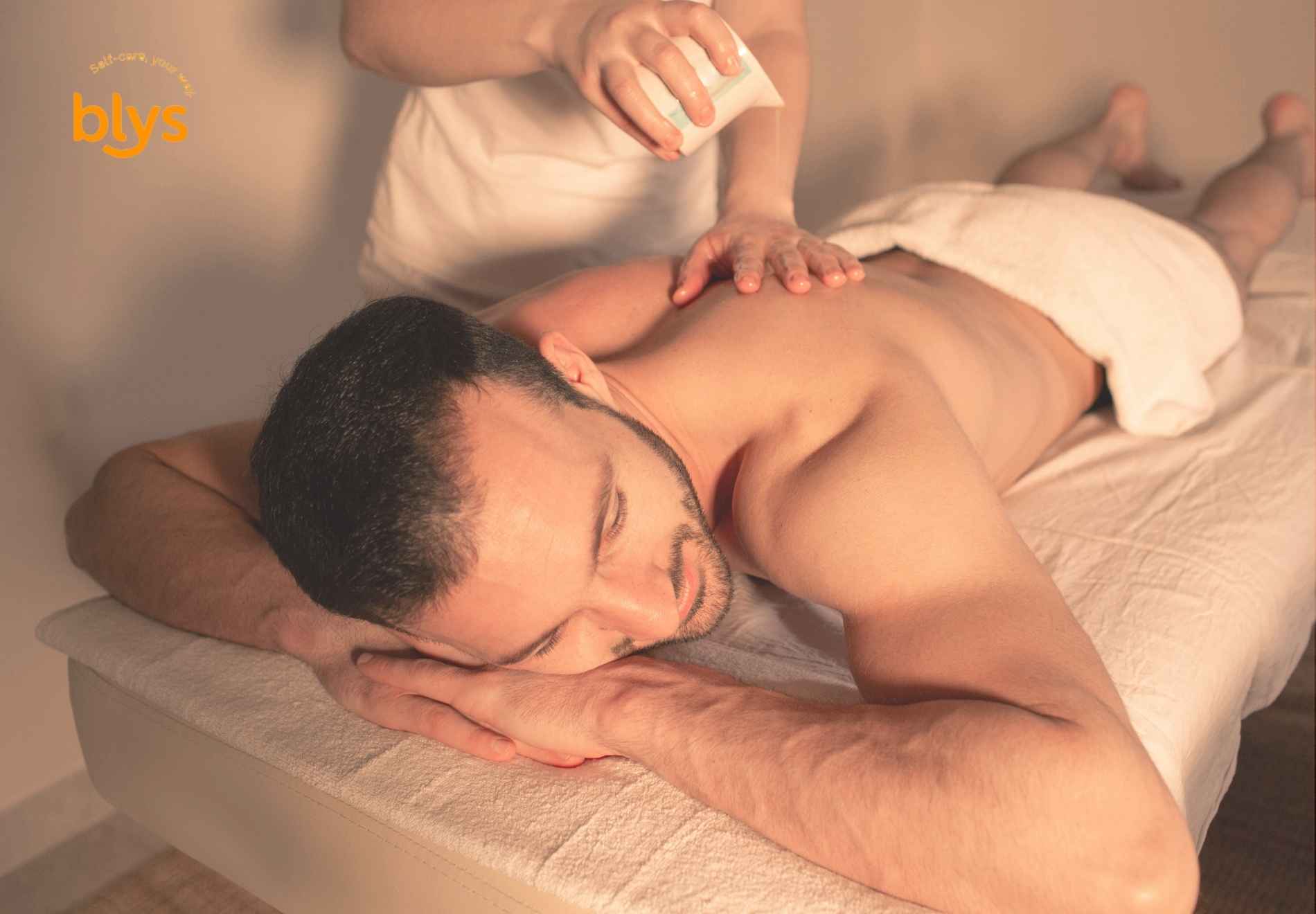
A Swedish massage is one of the most popular massage therapies that individuals opt for nowadays. This massage therapy includes several Swedish massage techniques that provides relaxation and relief to you from muscle tension and stress, thus energizing and promoting overall well-being.
Swedish massage techniques are elaborate and include a mix of rhythmic tapping, deep pressure, gentle shaking, and smooth movements to enhance circulation in the body. To help you understand whether or not you need to book your first Swedish massage session, we will be exploring these techniques in detail here.
What is Swedish Massage and How Does It Work?
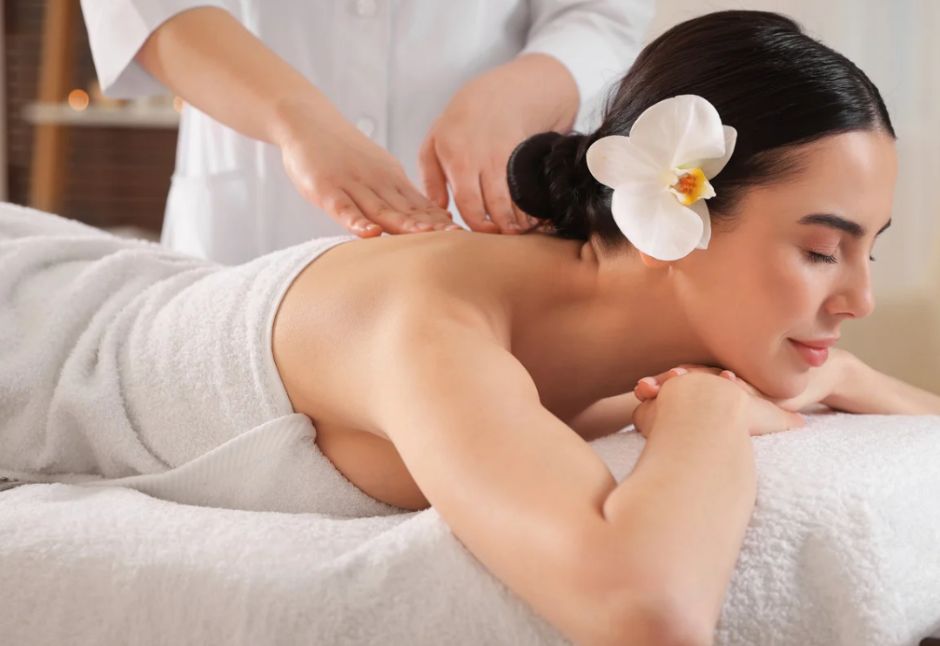 A Swedish massage is one of the most commonly practiced massage therapies. Its main aim is to promote relaxation and provide muscle tension relief. This makes it a great option for individuals who are looking for a massage that gently helps promote the overall well-being of the body and mind.
A Swedish massage is one of the most commonly practiced massage therapies. Its main aim is to promote relaxation and provide muscle tension relief. This makes it a great option for individuals who are looking for a massage that gently helps promote the overall well-being of the body and mind.
Swedish massage techniques work wonders for people suffering from issues like muscle tightness. This could be a result of normal daily activities like sitting at a desk for a long time or even exercising. The right Swedish massage techniques can effectively help relieve tension in the lower back, shoulders, and neck regions.
Swedish massage therapists use a combination of kneading, long and flowing strokes, deep circular movements, and slow joint movements. Combining these Swedish massage techniques helps improve circulation, promote relaxation, help with lymph drainage, and alleviate pain from the muscles.
According to a 2016 study by the Iranian Journal of Nursing and Midwifery Research, Swedish massage techniques help decrease anxiety and reduce blood pressure levels in the body as well.
What Are the Core Techniques of Swedish Massage?
Swedish massage therapists use a combination of different Swedish massage techniques to provide the best massage experience to individuals looking to relax and release muscle tension. Here is a look at some of the main massage techniques used by therapists.
Effleurage – The Gliding Stroke
The very first Swedish massage technique that therapists use is effleurage. Effleurage involves gentle, gliding strokes used at the very start and end of the massage. This helps warm the muscles up in the beginning and soothes and relaxes them as the massage ends.
This Swedish massage technique also uses smooth, circular movements with varying pressure, which helps loosen knots and relieve tension. Three different types of strokes are used in this Swedish massage technique:
- The Feather Strokes are light and delicate strokes that help with relaxation.
- The Superficial Effleurage is where gentle pressure is applied to promote circulation.
- The Deeper Effleurage involves firmer strokes to help release tightness from the muscle.
Petrissage – Kneading and Rolling
The petrissage Swedish massage technique involves a deeper, rhythmic kneading technique. Here, the massage therapist compresses soft tissues to promote and improve muscle flexibility and circulation.
Petrissage involves techniques like:
- Kneading helps loosen tight muscles,
- Wringing, which is a twisting motion used to release tension
- Rolling, a smooth movement that improves flexibility
- Lifting, which enhances circulation using gentle pulling movements
When done properly, this Swedish massage technique helps stretch and loosen muscles, boosts blood circulation, and aids muscle recovery. It is one of the most time-intensive Swedish massage techniques that therapists use and works wonders for people with muscle injuries.
Tapotement – Rhythmic Tapping
Tapotement essentially means “tapping” or “drumming,” and it is a Swedish massage technique that uses rhythmic percussion to stimulate blood flow and promote relaxation.
There are five main types of tapotement techniques that Swedish massage therapists use:
- Hammering, which involves firm, rhythmic pounding
- Slapping consists of light, quick strikes
- Cupping, where hands are shaped like cups to create suction
- Hacking, which uses chopping motions with the sides of the hands
- Tapping involves gentle strikes using the fingertips
The use of this technique helps boost blood circulation, promotes lymphatic drainage, relaxes tight muscles, and stimulates endorphin production that helps you relax.
Friction – Circular Movements
The friction Swedish massage technique involves rubbing the affected area using the thumbs or fingers. This is usually done in a circular or linear motion and, with the right pressure, helps soften muscles to promote flexibility and relief.
This technique works very well for anyone suffering from issues like joint or tense muscle areas or stiffness, as it helps improve mobility and promotes healing.
Vibration – Rapid Shaking Movements
This Swedish massage technique involves rhythmic shaking of the targeted area. As a result, the muscles in the area become relaxed and release the tension they might be holding effectively.
In this method, the massage therapist uses their palms to shake larger areas of the body, like the back. When concentrating on smaller areas, they use their fingers instead.
When done right, this technique helps soothe nerves, ease tension in knotted areas, and relax muscles effectively.
What Are the Benefits of Swedish Massage Techniques?
The right Swedish massage techniques can hold tremendous benefits for individuals. These include:
- Stimulation of nerves by applying pressure to the muscles, which further helps to manage pain and discomfort better.
- Increase in the production of hormones like dopamine, serotonin, and oxytocin. These help make individuals feel relaxed and happy. These techniques also help in reducing cortisol, which is the stress hormone.
- These Swedish massage techniques warm muscles up, break down knots effectively, and release muscle tightness.
- Another benefit of these techniques is that they promote lymphatic drainage and support the natural detoxification process of the body.
- These techniques also help improve flexibility, relax muscles and joints, and promote a better range of motion for the muscles.
- Swedish massage techniques can also help improve sleep quality, particularly for people with sleep disorders. Since a Swedish massage can help you feel relaxed, sleep disorders brought on by anxiety can be addressed effectively, according to the Anxiety and Depression Association of America.
What Should You Expect During a Swedish Massage Session?
When heading for a Swedish massage session, you can expect to come back with a relaxed body and mind thanks to the involvement of the different massage techniques that help relieve tension from the mind and body.
What Are Common Myths About Swedish Massage?
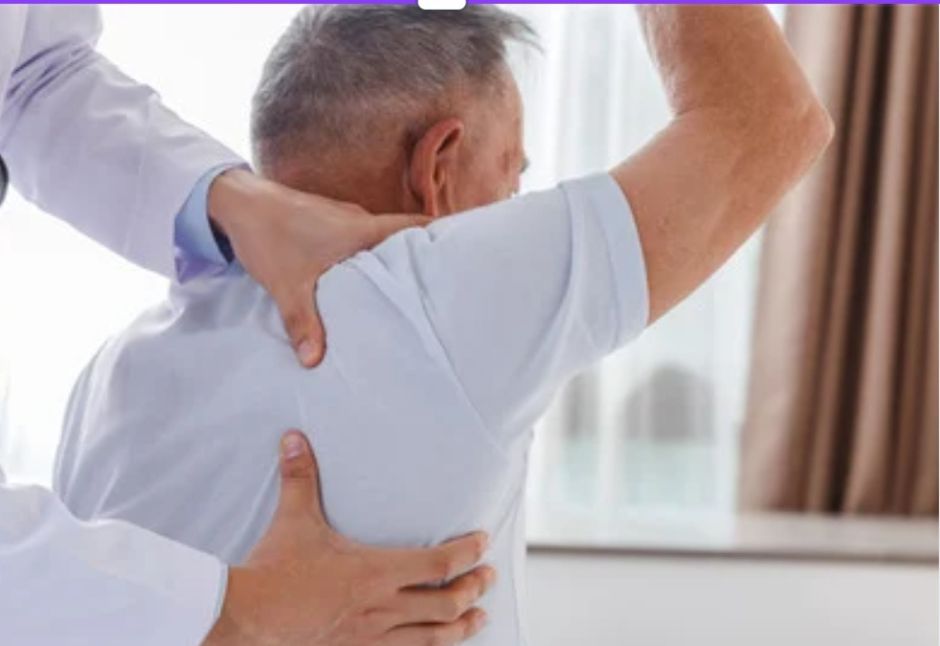
Some of the most common myths surrounding Swedish messages include:
-
- It is only for relaxation, when in fact, it also helps reduce muscle tension and promotes muscle flexibility.
- It is for everyone, even though each individual’s body reacts differently to different types of massages. This is why it is important to consider all aspects before you opt for one.
- It involves deep pressure on your tissues, but it usually varies between lighter strokes and firm pressure techniques.
- It is only suitable for the young, even though with the right massage therapist, older adults can also experience better physical and mental health.
- The massage techniques are the same, even though the massage has 5 distinct techniques that therapists use.
Should You Drink Water After a Swedish Massage?
Any type of massage can be dehydrating since your muscles are being drained of any metabolic waste. This is why it is important to drink water after massages, including a swedish massage.
Final Thoughts on Swedish Massage Techniques
Understanding what a Swedish massage involves is extremely important to help you understand whether or not to go for it. With the five different Swedish massage techniques at play and with the right therapist by your side, Swedish massages can truly prove to be a very relaxing experience for individuals, especially if you are a first-timer.
Frequently Asked Questions About Swedish Massage Techniques
What Are the Core Swedish Massage Strokes?
There are five core Swedish massage techniques. These include effleurage, which involves long, gliding strokes, petrissage which involves kneading, friction which consists of deep circular movements, tapotement which are tapping strokes, and vibration that involve shaking of different areas of the body using the palms of fingers.
How Does Swedish Massage Relieve Muscle Tension?
With the effective combination of its 5 different kind of core strokes, Swedish massage therapists can help relieve muscle tension.
Can Swedish Massage Help with Chronic Pain?
Since Swedish massage can help ease muscle tension, promote relaxation, and improve blood circulation, it can be very effective against chronic pain.
How Often Should You Get a Swedish Massage?
Getting a Swedish massage once a month can be very effective in helping ease muscle tension and promote overall health and wellness.
What Is the Difference Between Swedish and Deep Tissue Massage?
A Swedish massage promotes relaxation by focusing on light to moderate pressure and long, smooth strokes. Deep tissue massages, on the other hand, involve deeper strokes that apply more pressure and help target deeper muscle layers and connective tissues. This is done to release chronic tension and knots.
References:


